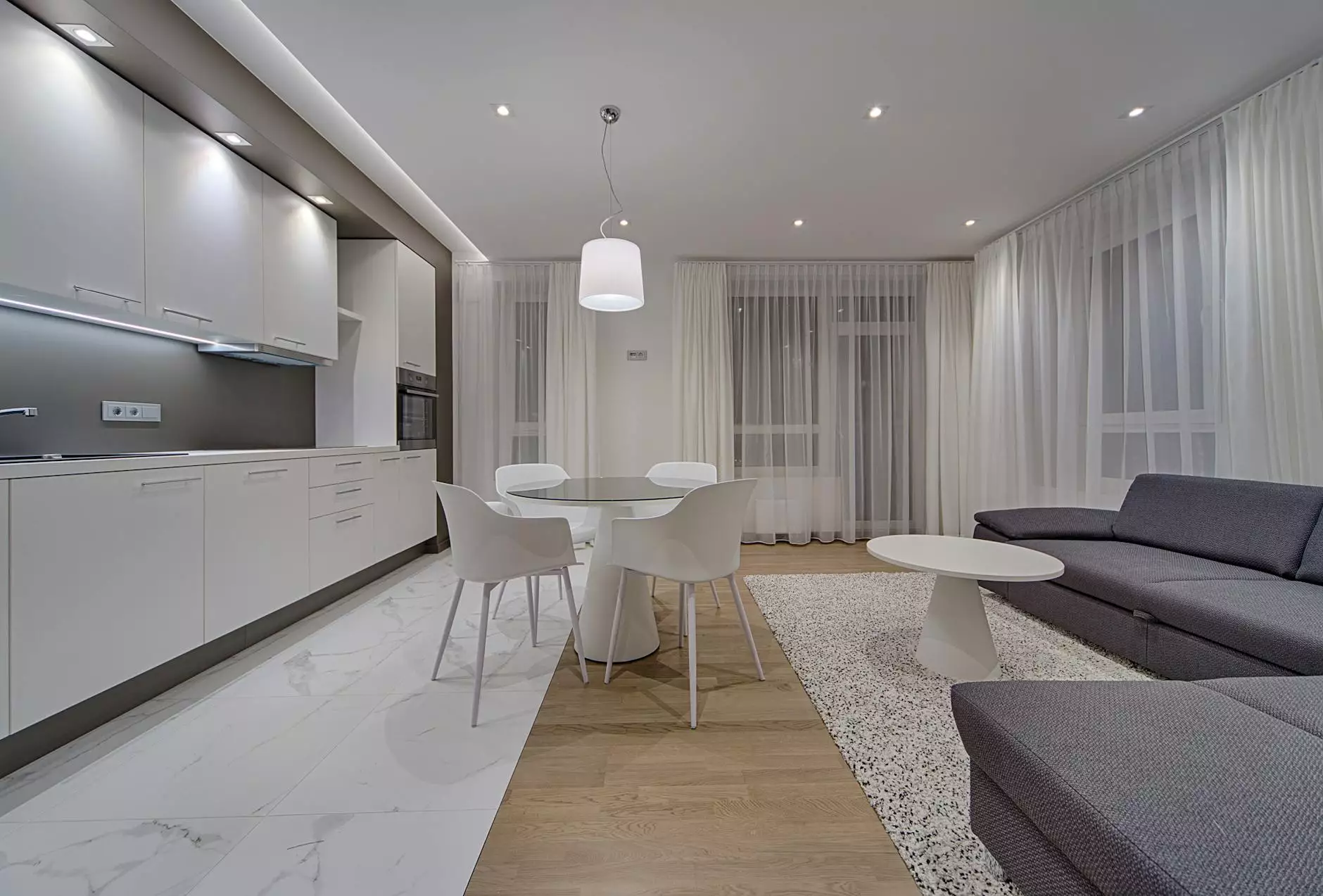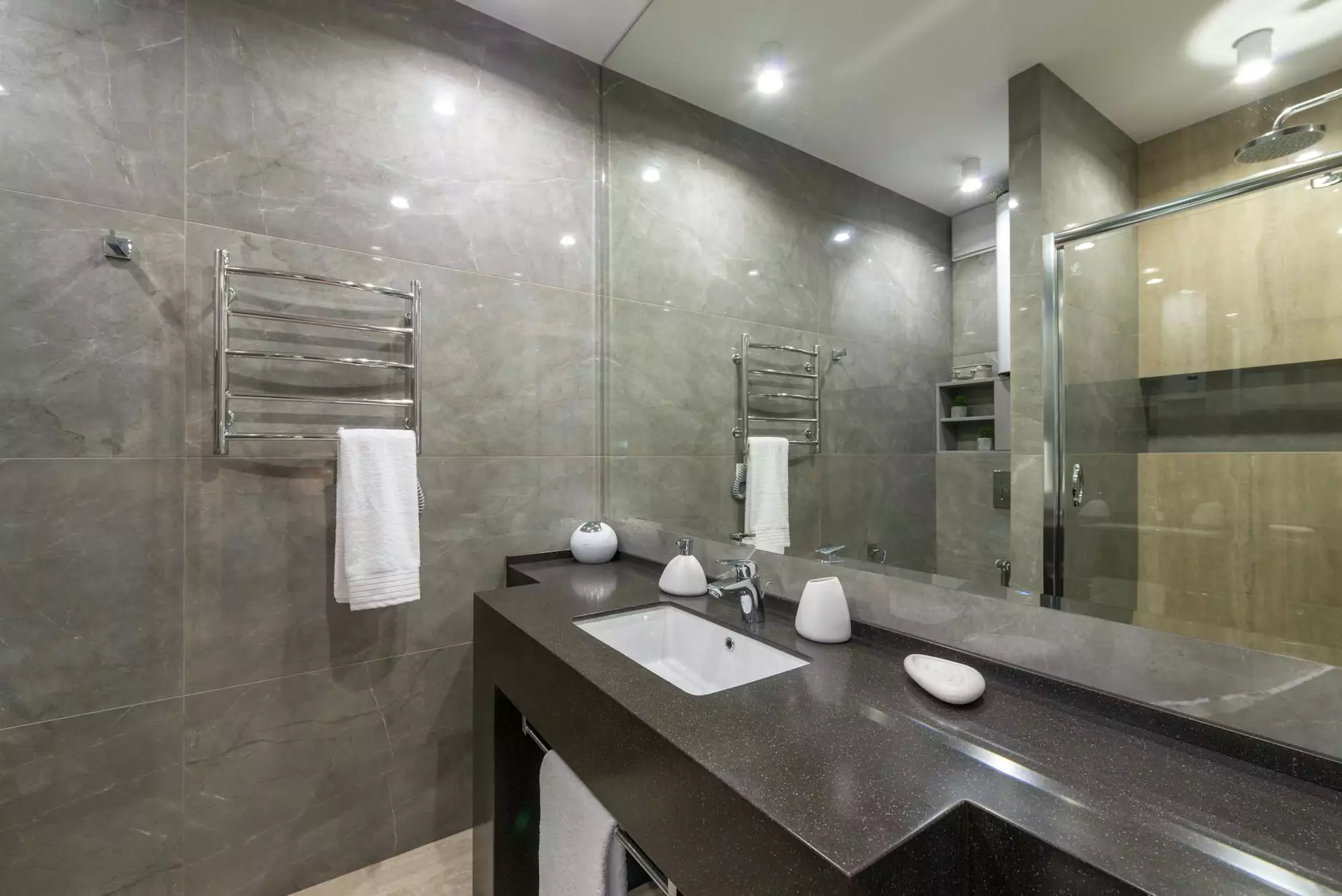Difference Between Granite Marble and Quartzite in Denver
Blog
Introduction
Welcome to GraniteCO, your trusted source for high-quality stone materials for home improvement and maintenance projects. In this article, we will explore and compare the differences between granite, marble, and quartzite, providing you with all the details you need to make an informed decision.
Granite
Granite is a durable and visually stunning natural stone that offers a wide range of colors and patterns. It is formed from molten magma deep below the Earth's surface and consists mainly of quartz, feldspar, and mica. This unique composition gives granite its exceptional strength and heat resistance, making it a popular choice for kitchen countertops, bathroom vanities, and flooring. Granite is also known for its resistance to scratches and stains, making it a practical option for everyday use.
Marble
Marble is a luxurious and elegant natural stone known for its timeless beauty. It is formed from limestone that undergoes intense heat and pressure over thousands of years. Marble is composed primarily of calcite, which gives it its characteristic veining and smooth texture. With its unique veining patterns, marble offers a distinct and sophisticated look, often associated with luxury and opulence. It is commonly used in bathrooms, fireplace surrounds, and decorative elements.
Quartzite
Quartzite is a natural stone that is often mistaken for marble due to its similar appearance. However, quartzite is much harder and more durable than marble. It is formed from sandstone that is transformed through heat and pressure. Quartzite is composed mainly of quartz, which provides it with exceptional hardness and resistance to scratches and heat. This makes quartzite a suitable choice for kitchen countertops, outdoor applications, and high-traffic areas where durability is crucial.
Differences
Composition
Granite primarily consists of quartz, feldspar, and mica, while marble is primarily composed of calcite. Quartzite, on the other hand, is mainly composed of quartz. The varying mineral compositions result in different visual characteristics and physical properties.
Appearance
Granite offers a wide array of colors and patterns, ranging from subtle hues to bold designs. It often features speckled or flecked patterns created by the presence of various minerals. Marble, with its veiny patterns, exudes elegance and sophistication, while quartzite can resemble marble but with a harder, more durable nature.
Hardness and Durability
Granite is known for its exceptional strength and resistance to scratches, stains, and heat. Marble, while beautiful, is softer and more prone to scratches and stains. Quartzite, being one of the hardest natural stones, surpasses both granite and marble in terms of durability and resistance to wear and tear.
Usage and Applications
Granite is an excellent choice for kitchen countertops, bathroom vanities, and flooring due to its durability and heat resistance. Marble, on the other hand, is commonly used in bathrooms, fireplace surrounds, and decorative elements where its elegant appearance shines. Quartzite, being extremely durable, is suitable for kitchen countertops, outdoor applications, and areas with high foot traffic.
Conclusion
In summary, when considering granite, marble, or quartzite for your home improvement and maintenance projects in Denver, it's important to weigh the differences in composition, appearance, hardness, and suitable applications. GraniteCO offers an extensive range of high-quality stone materials, including granite, marble, and quartzite, to cater to your specific needs. Consult our experts and explore the vast possibilities that each stone offers for your project. Enhance the beauty and value of your home with the timeless elegance and durability of natural stone.










